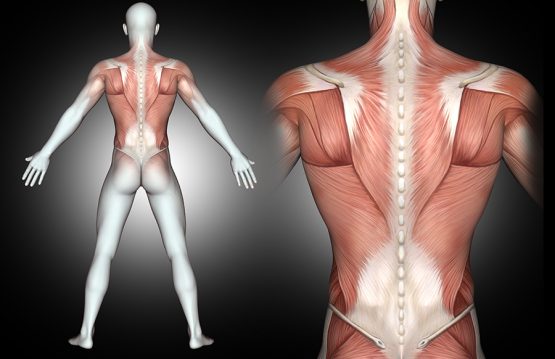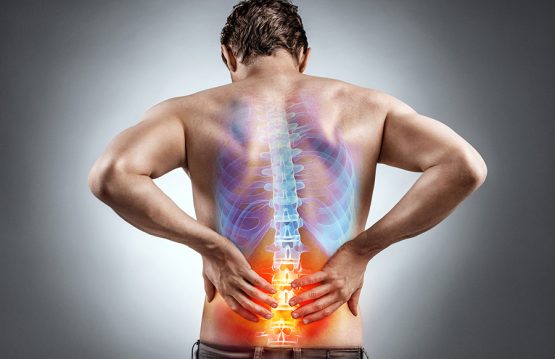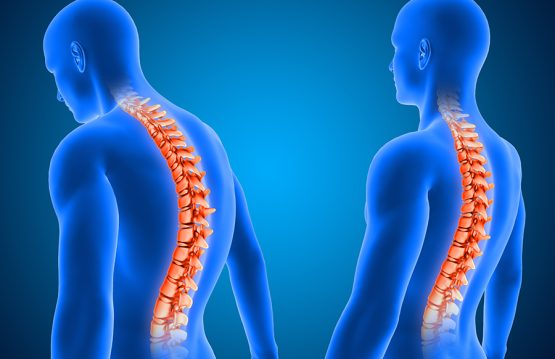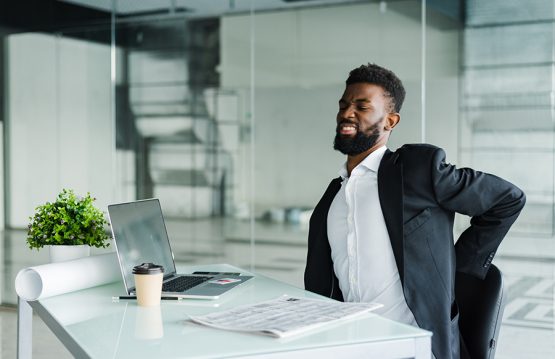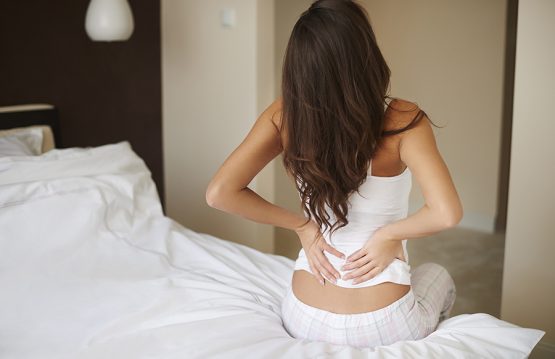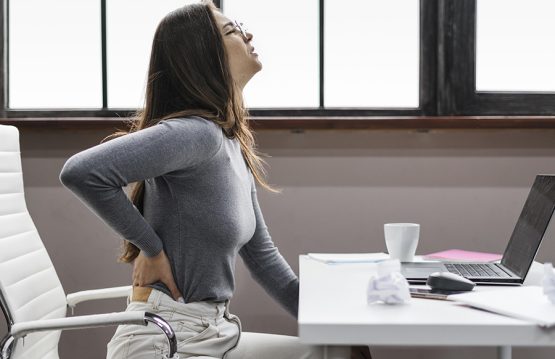Can a mattress cause back pain? Yes! Sleeping on an inappropriate one can cause back pain. Lack of support from a mattress causes a wrong posture during sleep. Hence the discomfort felt from the first hour of the morning.
The spine needs to have a natural position. Therefore, if you constantly wake up with back pain or tense muscles, it is most likely due to the fact that the current mattress does not support your spine properly. When do you know you have to buy a new bed mattress?
3 reasons to change it:
- You wake up with back pain
- You will not find your position comfortable no matter how much you turn
- You feel tired after a night of continuous sleep
CONTENT:
- What type of mattress is best for back pain, hard or soft?
- What type of mattress should I choose if I have back pain?
- Is an orthopedic mattress good for back pain?
What type of mattress is best for back pain, hard or soft
Many people think that a firm mattress is the best when you face back pain, but it is not entirely true. A firm one does not allow a natural curvature of the spine during sleep.
Pay attention to mattresses with medium firmness, therefore you will have a sleeping surface that is neither too hard nor too soft to properly support your body weight.
On the other hand, an excessively soft one will not support your body properly, allowing it to sink too much. Thus, the back pain will worsen.
What type of mattress should I choose if I have back pain?
The material of which the mattress is made also plays an important role in relieving pain. The most popular mattresses for back pain are those made of memory foam (Memory Foam) and latex. We will further present the characteristics of these two types of mattresses.
A. Memory Foam
Memory Foam mattresses are considered to be very good for back pain because they outline the curves of the body and at the same time support the back, keeping the spine in a natural position.
Thus, those are shaped and adapted to the shapes, allowing more generous parts, such as the hips and shoulders, to sink, while narrower areas of the body, such as the waist and legs, rise above the mattress.
Sleeping that keeps the spine straight in a natural position relieves the pressures frequently associated with many back pain. A mattress that does not adapt to the shape of the body or with weak support, forces the body to rest at an unnatural angle and prevents complete relaxation of tense muscles.
Attention:
- the memory foam mattress is shaped by the body shape;
- it also provides good support for the entire spine;
- memory foam mattress prevents back, shoulder and hip pain.
B. Latex
Latex is also an excellent material for relieving back pain, because it cushions the weight of the body and is shaped after it. It should be noted that it does not offer the same feeling of immersion as the memory foam mattress, so it is firmer.
The latex mattress is very good for back pain, due to the fact that it easily adapts to the shape of the body, providing adequate support for the spine. In addition, latex mattresses are highly appreciated by customers, due to the comfort offered.
Attention:
- it is elastic, soft, with a greater firmness than the Memory Foam mattress;
- it is shaped by the shape of the body and at the same time provides optimal support;
- ideally combines comfort (elasticity) with firmness.
Is an orthopedic one good for back pain?
Yes, if you suffer from spinal problems, joints or back pain, an orthopedic mattress may be the solution. What you need to know is that you will need to be careful before making a purchase, because the term orthopedic can be used for marketing purposes to increase sales. There is no certification that a mattress is orthopedic or not.
So pay attention to the material used, the density of the mattress. The higher the density (refers to how much foam there is air), the more it is suitable for back pain, being firmer – 23 – 28 kg / m³. Soft mattresses, which have a density of 50 kg / m³ are recommended for people who have no back problems at all.




